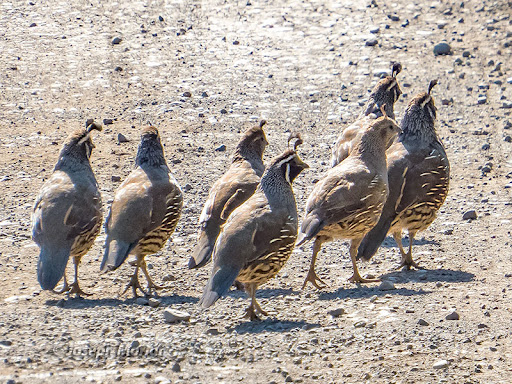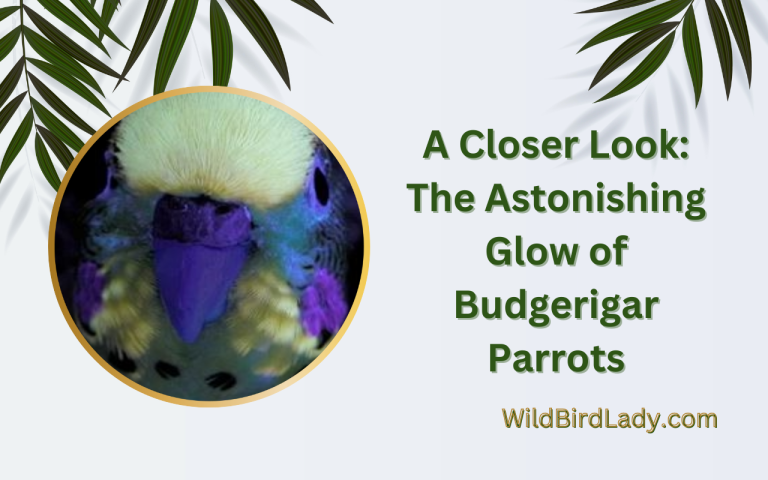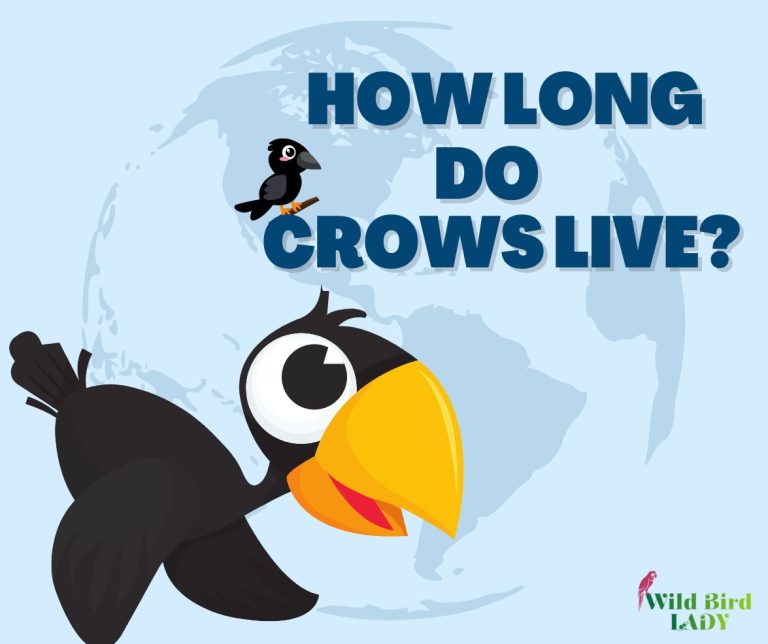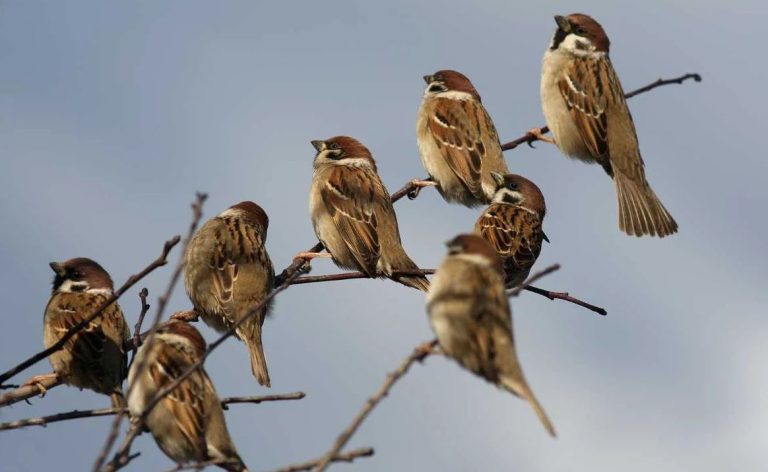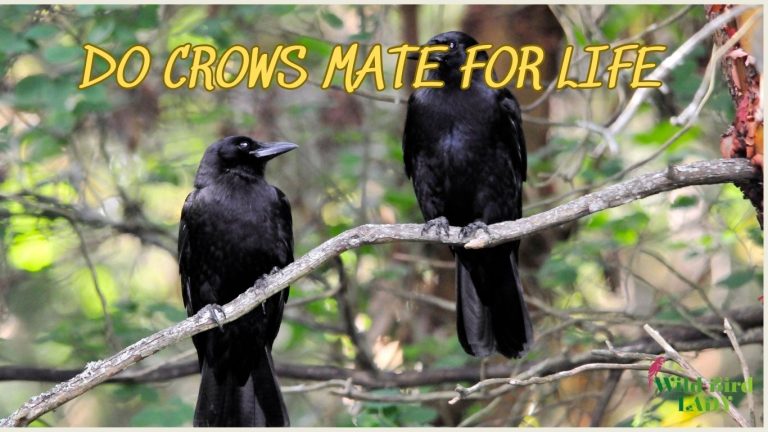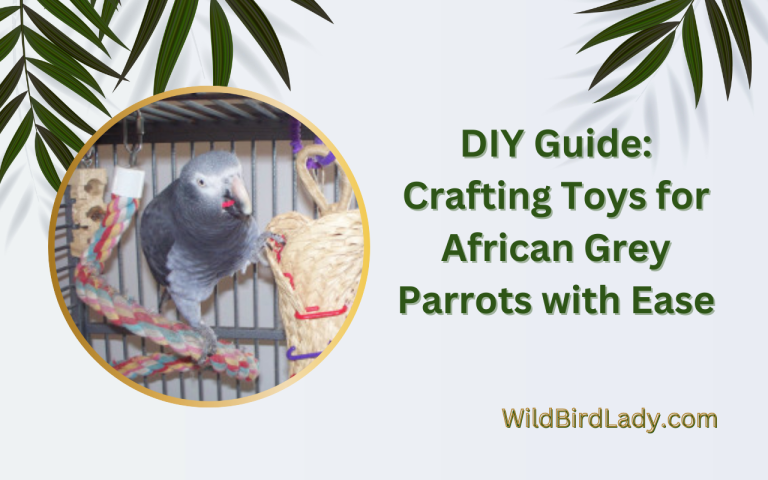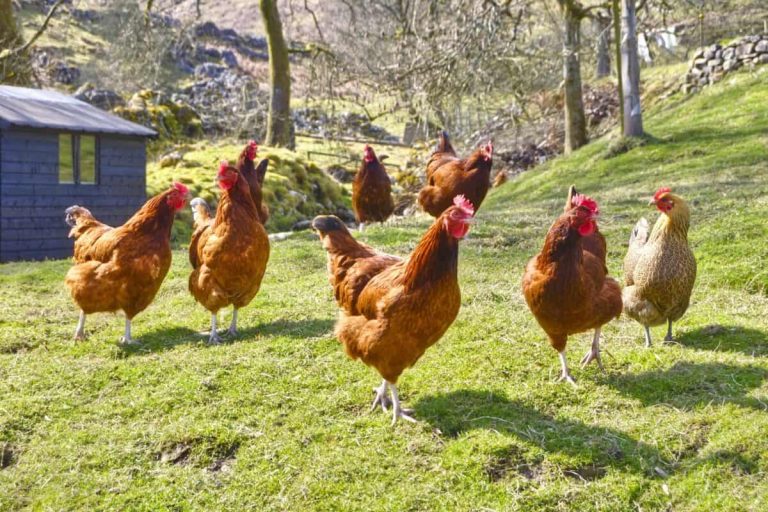What Is a Group of Quail Called? The Charming Name and Fascinating Facts Behind It
If you’ve ever watched a group of tiny, plump birds scurry across a forest floor or along a field edge, you might be looking at a covey of quail. But wait—what is a group of quail called, exactly?
Whether you’re a birdwatching enthusiast, a hunter, or someone who simply loves trivia, the answer may surprise you. In this deep-dive article, we’ll uncover not only the correct term for a group of quail but also explore the fascinating behavior, biology, and social dynamics of these delightful birds.
Main Keyword: What Is a Group of Quail Called
Secondary Keywords: covey of quail, group of quails, quail behavior, baby quail group name, quail social habits
What Is a Group of Quail Called?
The official and most commonly accepted term for a group of quail is a covey.
Covey Defined
The word “covey” originates from the Old French cuevée, meaning “brood” or “nest.” It traditionally refers to a small flock of ground-dwelling birds, especially game birds like quail and partridge. A covey typically consists of 5 to 30 birds, depending on the species and environmental conditions.
Are There Other Terms?
While “covey” is the standard term, some people may also refer to a group of quail as a:
- Flock – a general term used for many bird species
- Bevy – a poetic alternative, though rarely used in official sources
- Brace – typically refers to two quails, especially in hunting contexts
However, if you’re writing an academic paper, preparing for a birding exam, or just want to sound smart at your next trivia night, “covey” is the term you should remember.
Why Do Quail Form Coveys?
Quail are social creatures, and coveying behavior offers numerous survival advantages. Here’s why they stick together:
1. Safety in Numbers
A group of quail is far less vulnerable to predators than a solitary bird. When a predator approaches, quails in a covey may:
- Scatter in all directions (a tactic known as “exploding”)
- Freeze and blend into the surroundings using their cryptic feather coloring
- Use a collective warning call to alert others of danger
2. Thermal Regulation
Quail huddle together to maintain body warmth, especially during cold months. This group warmth-sharing behavior is essential for surviving in harsh winter climates.
3. Learning and Teaching
Juvenile quail benefit from being in a covey by learning:
- Foraging skills
- Predator awareness
- Social behaviors
Covey Dynamics: Who’s In and Who’s Out?
Seasonal Changes
Quail coveys are seasonal and shift based on breeding cycles:
- Fall and Winter: Coveys are at their largest, sometimes merging families for warmth and protection.
- Spring and Summer: Coveys break up as mating pairs form and raise their own chicks.
Family-Based Units
A covey often includes:
- Mated adult pairs
- Their offspring (baby quails are called chicks or chicks of the year)
- Sometimes, unrelated birds join as well
This creates a communal, family-based dynamic that’s unique among game birds.
Baby Quails: What Is a Group of Baby Quails Called?
There’s no special term exclusive to a group of baby quails, but within a covey, these young birds are simply referred to as chicks or younglings.
Key Facts About Baby Quails:
- They hatch precocial, meaning they can walk and forage within hours of hatching.
- A single hen may lay 10 to 20 eggs per clutch.
- Baby quails grow rapidly and may be able to fly within two weeks.
Despite their fast development, they remain with their covey for several months for protection and social learning.
Different Types of Quail and Their Covey Behavior
Not all quail species behave the same. Here’s how some of the most well-known quail compare when it comes to group living:
1. Northern Bobwhite (Colinus virginianus)
- Native to the U.S.
- Known for forming tight coveys of 10–30 birds
- Call sounds like “bob-white!”—hence the name
2. California Quail (Callipepla californica)
- Easily recognized by its teardrop-shaped head plume
- Frequently seen in suburban areas
- Forms strong family groups, often with communal parenting
3. Gambel’s Quail (Callipepla gambelii)
- Desert-dwelling species
- Covey sizes range from 10 to 20
- Prefers low shrubs and thorny cover for shelter
4. Scaled Quail (Callipepla squamata)
- Also known as “blue quail”
- Coveys often gather around water sources
- Known for their distinctive scale-like feather pattern
Quail Coveys and Human Interaction
In Hunting
In game hunting culture, identifying coveys is crucial. Many hunters seek bobwhite quail specifically, and trained dogs are used to find and flush coveys for sport shooting. Ethics and regulations often limit the number of birds that can be taken from a single covey to protect local populations.
In Birdwatching
Spotting a covey of quail is a treat for birders. These birds are usually shy and low to the ground, making them tricky to observe unless they’re moving together in the open.
Tips for birdwatchers:
- Look for quail early in the morning or late afternoon
- Stay quiet and still
- Follow their gentle clucking or cooing calls
In Farming and Conservation
Quail are sometimes raised for meat, eggs, or release into the wild to support conservation efforts. Covey behavior must be replicated in captivity to ensure healthy socialization.
Fun Facts About Quail Groups
- Explosion Technique: When startled, quail will flush into the air suddenly and rapidly, scattering in all directions to confuse predators.
- Dust Bathing: Groups of quail love taking dust baths together—this helps them remove parasites and keep feathers clean.
- Covey Calls: Quails use special vocalizations to call out to other members of the covey, especially when separated.
Quail Behavior Beyond the Covey
While quail are known for covey behavior, they exhibit fascinating individual traits too:
Mating and Breeding
Quail are generally monogamous during the breeding season. After nesting, the male and female may both participate in caring for the chicks—an uncommon trait among birds.
Territoriality
Though covey members are social within the group, they will defend feeding or nesting areas from other coveys during breeding season.
Foraging Habits
Quail forage for:
- Seeds and grains
- Insects (especially important for chicks)
- Berries and plant shoots
They use a technique called “scratching” to dig through leaves and soil in search of food.
Why Do Coveys Matter for Quail Survival?
Understanding the structure and function of coveys is crucial for anyone looking to:
- Support conservation: Habitat loss threatens covey behavior, so restoring native grasses and shrubs helps.
- Raise quail ethically: Mimicking covey conditions improves welfare.
- Interpret quail behavior in the wild: Coveys impact everything from movement to vocalization.
Final Thoughts: Celebrate the Covey
So, the next time someone asks you, “What is a group of quail called?” you can confidently say: a covey. But more than just a name, a covey represents an intricate, cooperative, and heartwarming example of bird social life.
From protecting their young to navigating the wild as a unit, quail remind us that strength often comes from unity. Whether you’re a backyard birder, a wildlife photographer, or just someone who enjoys quirky animal facts, understanding the covey gives you a new appreciation for these underappreciated birds.
FAQs About Quail Groups
Q1: How big is a quail covey?
A: Most coveys consist of 10 to 30 birds, though size can vary depending on species and season.
Q2: Do quails stay in coveys year-round?
A: No. Quails typically form coveys in fall and winter. During spring and summer, they break off into breeding pairs.
Q3: What is a group of baby quails called?
A: While there’s no special term, baby quails in a group are usually just called “chicks” or “young quail.”
Q4: Do quail recognize family members in their covey?
A: Yes! Quail have strong familial bonds and use vocalizations and scent to recognize relatives.
Q5: Can you raise quail in coveys?
A: Yes, and it’s encouraged for better socialization and well-being. Raising them in groups mimics natural behavior and reduces stress.

